Rockhounding Memories
by "Miner Mike" Kaas, MSDC Member
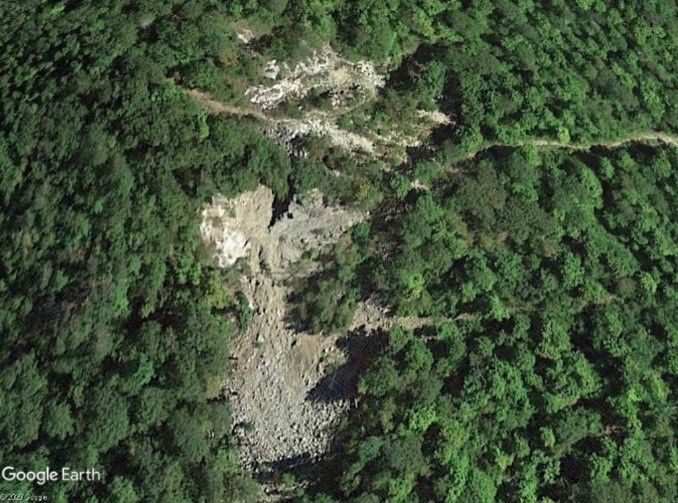
If you draw a line from New York City to Philadelphia there are no exposed rocks, only sand, to the south of it. I grew up two blocks from the ocean, near Atlantic City, New Jersey. I developed a love for rocks and minerals in Maine. My father was a teacher from Wisconsin. He didn’t like salt water. So, my parents rented their house in South Jersey and we went to a lake in Maine in the summertime.
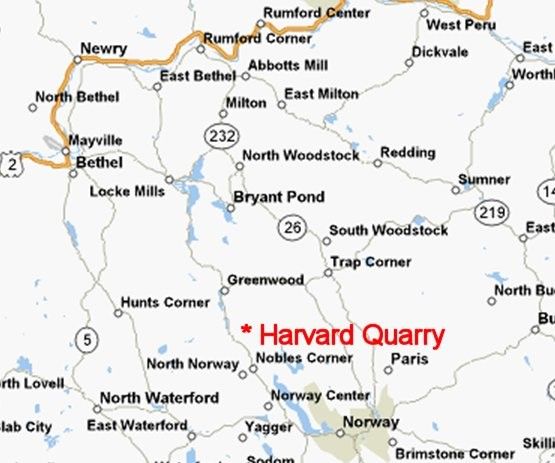
When I was probably 11 or 12, we learned about Stanley Perham‘s Maine Mineral Store, a rock shop in Trap Corner, Maine, not far from where we were staying. He had several feldspar quarries in the area. They were pegmatites. He let folks collect in them. No fees and no paperwork in those days. So, we were off to try our hand at rock hunting.
The Perham's Mineral Store, which opened in 1919, finally closed in 2009 after nearly a century of selling gems and minerals to people around the world. Green tourmaline mined on Mt. Mica was the store’s specialty when it was founded.
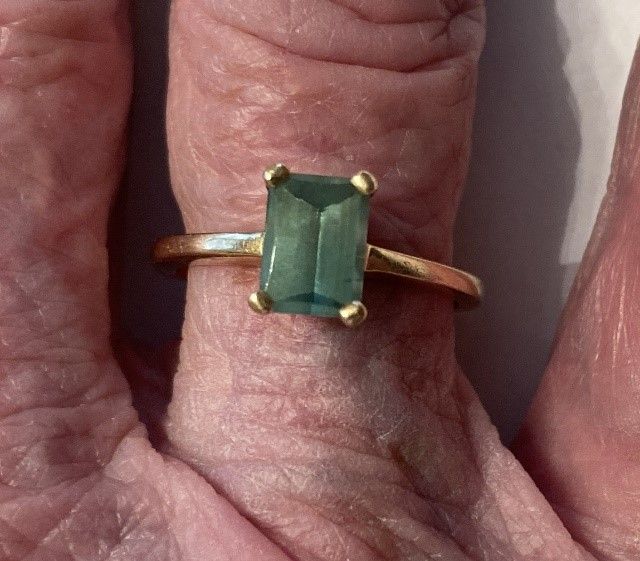
The Harvard Quarry was my favorite place. Even a kid could find many common pegmatite minerals like smoky quartz, cleavelandite feldspar, black tourmaline (schorl), mica, and almandine garnets. My goal was to find a purple fluorapatite crystal. After a couple of summers, I finally found a tiny one.
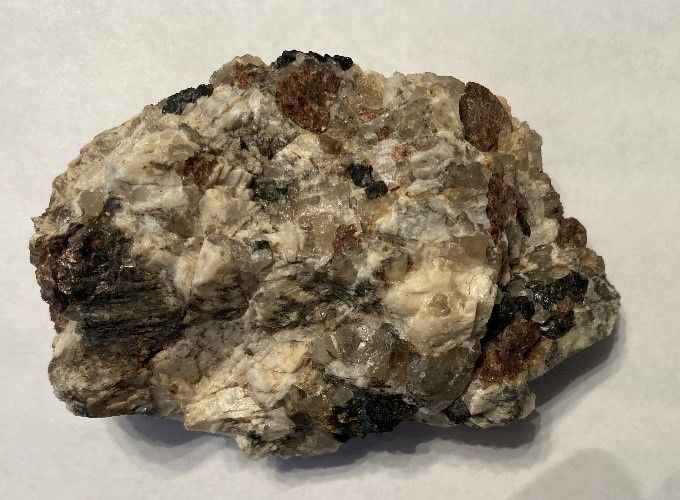
Eventually, we found out about Franklin New Jersey. It was 200 miles north from where we lived. A pal of mine and I occasionally got our parents to drive us up to the old Buckwheat Pit dump. Even in the 1950s it was pretty picked over but you could always come home with some cool fluorescents. By then, I had the bug. I became a mining engineer, worked in several mines, and visited hundreds of them.
My first engineering job was at the Sterling Hill Mine just down the road from Franklin. It was of short duration as I was heading to grad school in the fall. I did have an opportunity to collect a few fluorescents while I was there. I next worked at the Reserve Mining Company Mine in Babbitt, MN, doing my thesis research. With only one mineral of interest, Taconite/Magnetite, it was the total opposite, mineralogically, from Sterling Hill.
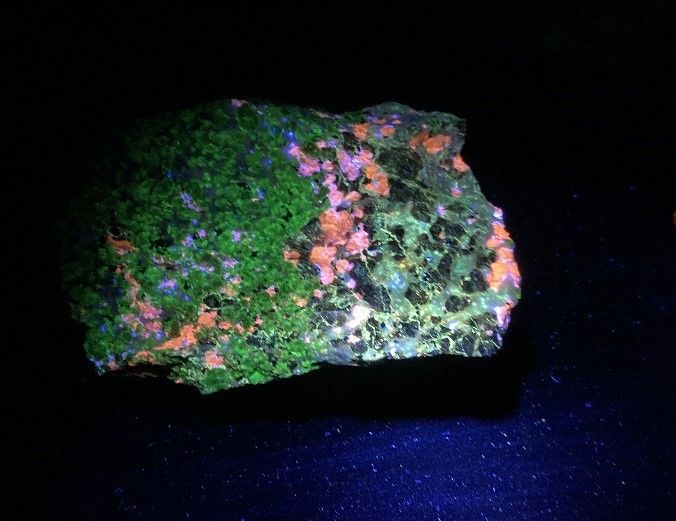
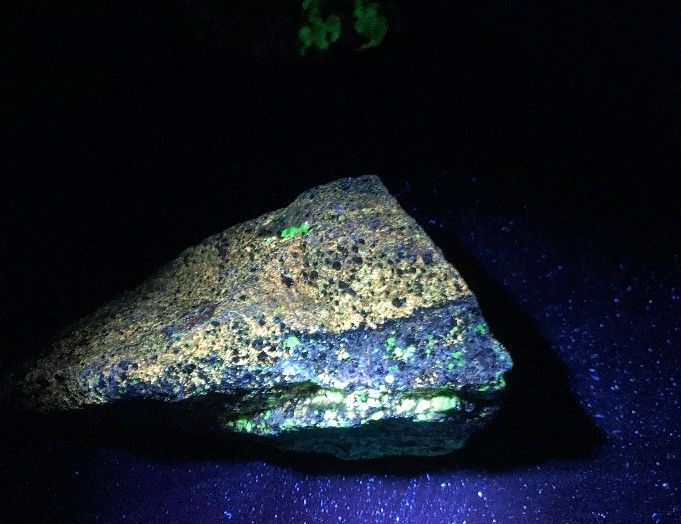
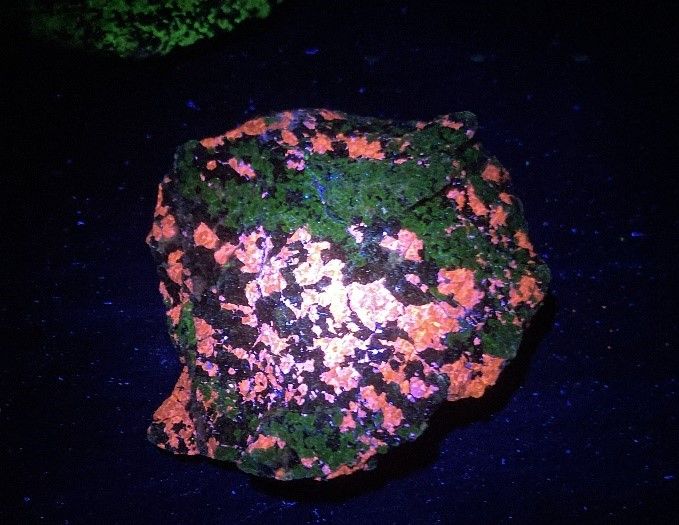
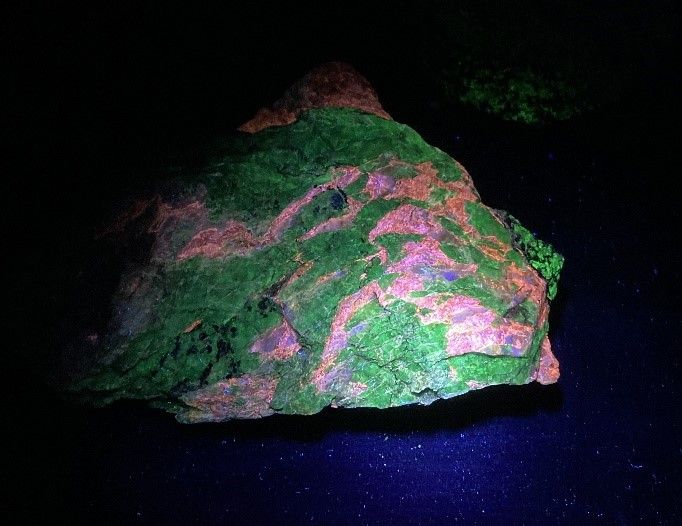
When a kid gets into rock collecting, you never can tell where he or she will end up. Two things I learned working in mining, (1) most ore minerals, although valuable, are massive and not very spectacular looking, and (2) crystals are usually rare, treasured works of nature. I am still a rockhound to this day and have enjoyed volunteering in the Geology, Gems, and Mineral Hall at the Smithsonian’s Natural History Museum and other minerals-related outreach activities.
